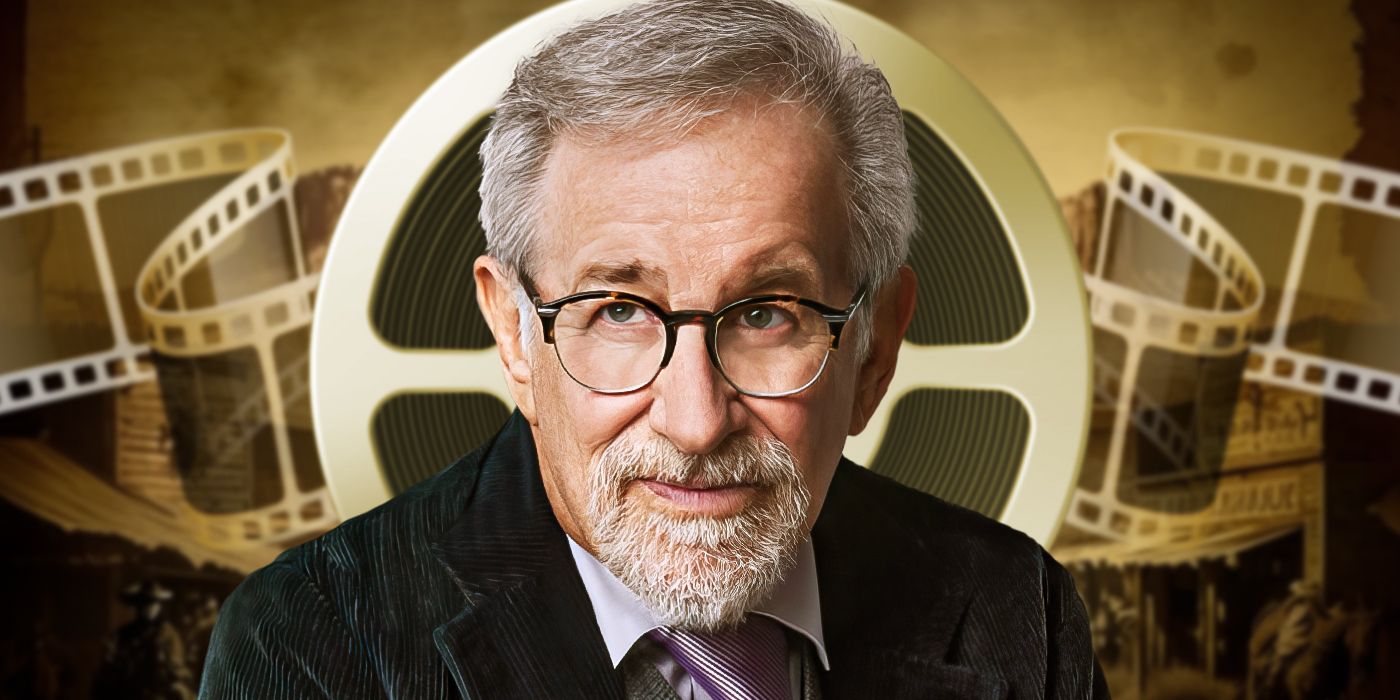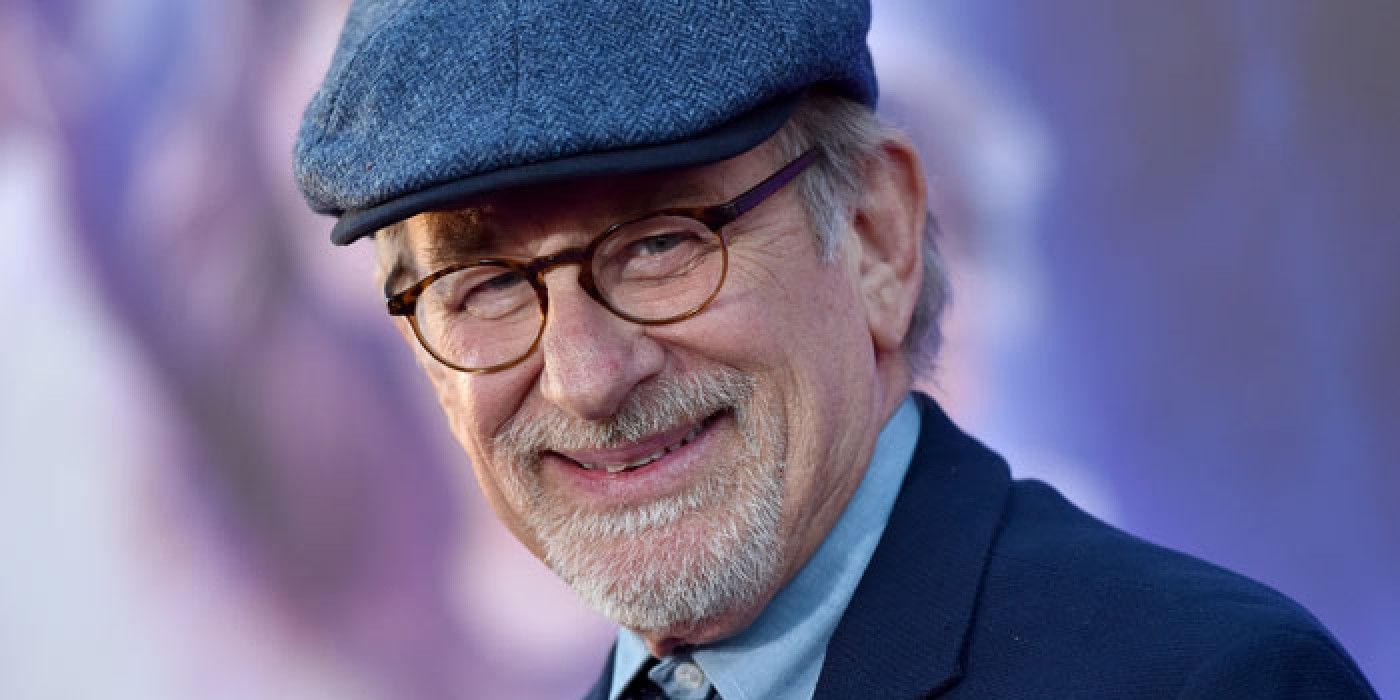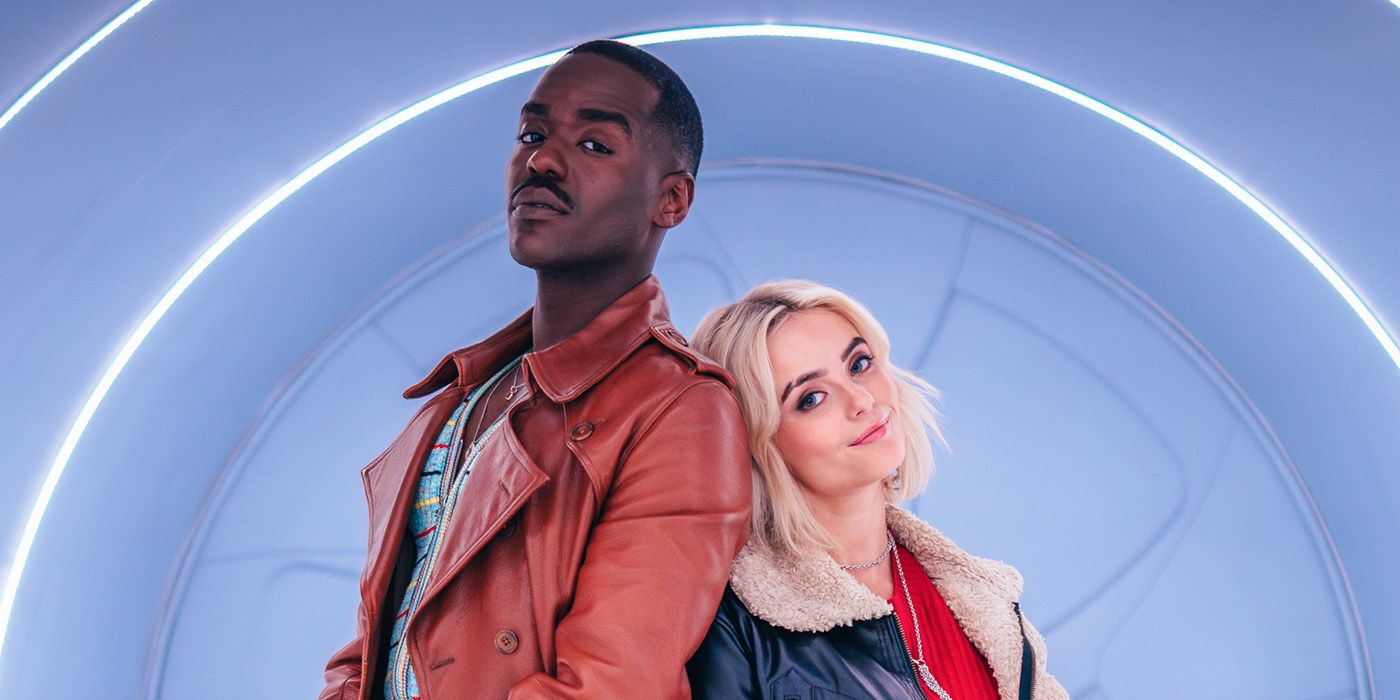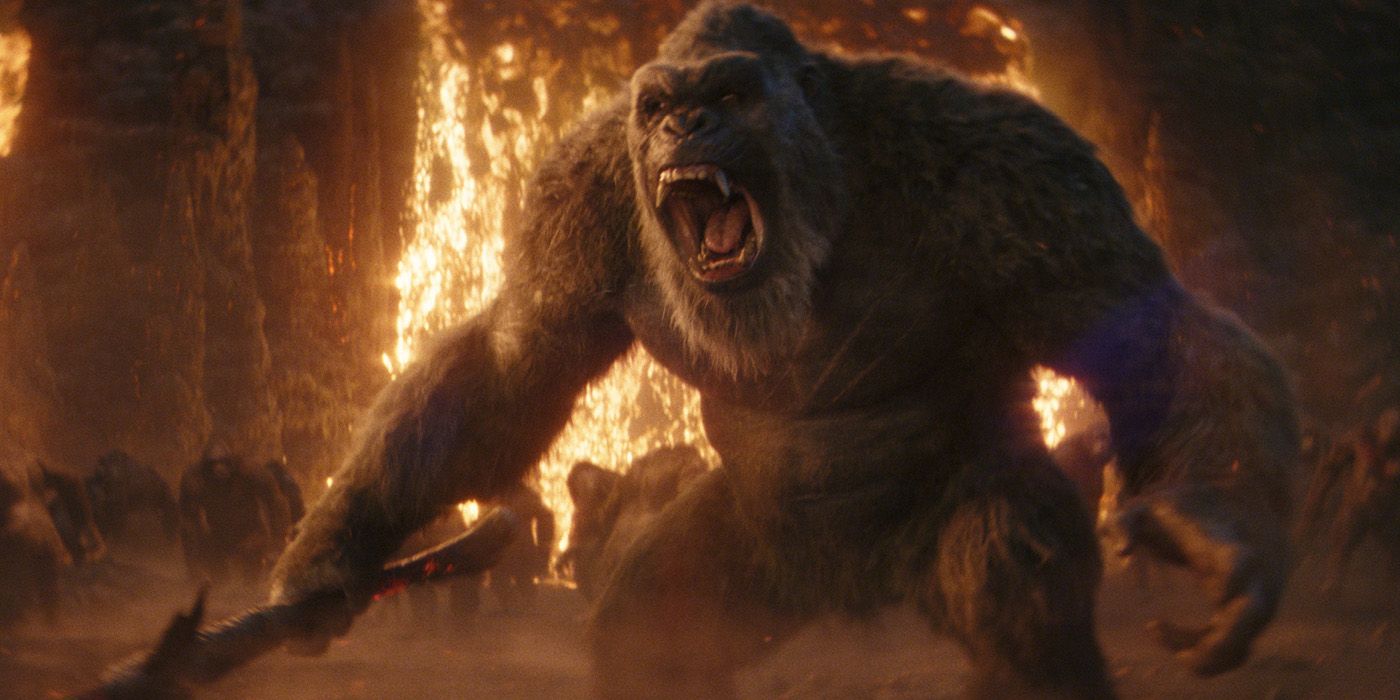The Big Picture
- Steven Spielberg’s first film was a nine-minute 8-millimeter short called The Last Gunfight, which he made at the age of 13 and earned him a photography merit badge in the Boy Scouts.
- Spielberg’s early films, including Fighter Squad and Escape to Nowhere, showcased his ambition and creativity, using innovative techniques to create realistic battle sequences.
- Spielberg’s love for film and his experiences making movies as a young boy shaped his future career as a filmmaker, with his early works serving as a playground for honing his craft.
Quick — what was Steven Spielberg‘s first film? Nope, it wasn’t Jaws. Nor was it The Sugarland Express. Not Duel either. It most assuredly was not The Fabelmans, and if you think it is, you have a lot of catching up to do! In fact, Spielberg’s first actual film was 1959’s The Last Gunfight (also known as Gunsmog or The Last Gun). Never heard of it? That’s not too surprising, as the nine-minute-long, 8-millimeter film was only seen by a few people, including the Boy Scout leader who gave Spielberg the photography merit badge for his work. That’s right: Spielberg’s very first award, for his very first movie, was a shiny new merit badge on his Boy Scout uniform.
Steven Spielberg Shot His First Film in Arizona in 1959
Born in Cincinnati in 1946, Spielberg and his family moved to Arizona in 1957. At school, Spielberg was an outsider — one of only a handful of young Jewish boys in his community and a self-professed “wimp in a world of jocks.” Life was no less challenging at home, but fate intervened when Arnold Spielberg handed over control of his own 8-millimeter camera and let Spielberg film the family’s excursions. Thus began a love affair with film, a pursuit that helped him deal with the challenges of life. Soon he moved beyond just documenting family trips and began testing the waters of invented narratives by staging and film a train crash. (Relax, he used electric toy trains!) He joined Troop 294 in Scottsdale and quickly fell in love with being a Boy Scout. Eager to move up in the Scouting ranks, Spielberg realized he had to earn merit badges. His dual passions came together when his father suggested earning a photography badge by making a movie.
It wasn’t a fait accompli, with the 13-year-old Spielberg needing to persuade his scoutmaster that an 8-millimeter film would meet the requirements for the photography badge. He argued successfully, though, and gathered together friends and family to film The Last Gunfight in the area around Scottsdale. The resulting nine-minute short impressed not only the scoutmaster but his fellow troop members, too. This resulted in Spielberg filming Boy Scout expeditions from point-forward. The reaction to his project stoked a fire in Spielberg. Even more, the experience changed him. As noted in Biography, one early participant in one of Spielberg’s 8-millimeter films describes it best: “He became a totally different person, so much so that I, as a seventh grader, was impressed. He had all the football players out there, all the neat guys, and he was telling them what to do. An hour ago at home or on the campus, he was the guy you kicked dirt in his eyes.”
Steven Spielberg’s Filmmaking Grows More Ambitious
Spielberg began pushing what he could do with the 8-millimeter camera, creatively using edits and shooting angles to create an authenticity for his following works. The Last Gunfight (his one and only foray into the Western genre) was soon followed up by Fighter Squad, a short about aerial combat. For the film, Spielberg had access to real fighter planes, thanks to his father’s connections. His friends/cast were allowed to sit in the cockpits and act as if they were in a dogfight, and by adding clips from World War II aerial combat films, Spielberg was able to make the impression that the dogfight was real. He became even more ambitious with his next war film, Escape to Nowhere, a 40-minute short depicting the African campaign of the Second World War. Spielberg deftly, and cleverly, staged the battle sequences with innovative tricks. One such trick was giving the illusion of an explosion simply by burying one end of a piece of wood into the dirt and leaving the other end out, so when his actors ran across, their actions would flip dirt into the air. His next film, Firelight, was even more ambitious still — a science-fiction piece with Spielberg using drama students as the cast and making creative use of the $500 his father gave him for it. (The money from a public screening of the film netted $501, leaving Spielberg a handy $1 profit). The rest, as they say, is history.
What Happened to ‘The Last Gunfight’?
Sadly, The Last Gunfight has been lost to time, so little is currently known about the film itself. However, what is known is that the short was inspired by the films of John Ford, which shouldn’t be a surprise to anyone. Spielberg has long stated Ford as a major influence on his filmmaking, with a history of referencing Ford’s work in his own. (In E.T. the Extra Terrestrial, the kissing scene E.T. watches — and makes Elliott (Henry Thomas) act out — is from Ford’s The Quiet Man). On a related note, Sammy meeting Ford in The Fabelmans did happen in real-life, “word for word, nothing more, nothing less,” an almost unbelievable meeting of two legendary directors. In turn, Spielberg has become the Ford figure for others, inspiring their own love of filmmaking. (The Spielberg-produced Super 8, directed by J.J. Abrams, even features a train crash that harkens back to Spielberg’s filming of his electric trains smashing together).
The innovation seen throughout Spielberg’s films owes much to those early 8-millimeter films, giving him the playground with which to hone his craft. As for Spielberg’s history with the Boy Scouts, he wrote the requirements for a cinematography merit badge, donated money to a youth camp, and spoke at the 12th National Jamboree in 1989 to a crowd of more than 30,000 scouts and scouting staff members. Spielberg’s relationship with the Boy Scouts carried on for years, with Spielberg officially stepping down from the Boy Scouts of America’s advisory board in 2001, in protest over their discrimination against homosexuality, saying, “I thought the Boy Scouts stood for equal opportunity, and I have consistently spoken out publicly and privately against intolerance and discrimination based on ethnic, religious, racial, and sexual orientation.”
To see what Spielberg’s been up to more recently, you can stream The Fabelmans on Paramount+ with Showtime in the U.S.
Watch It Now





